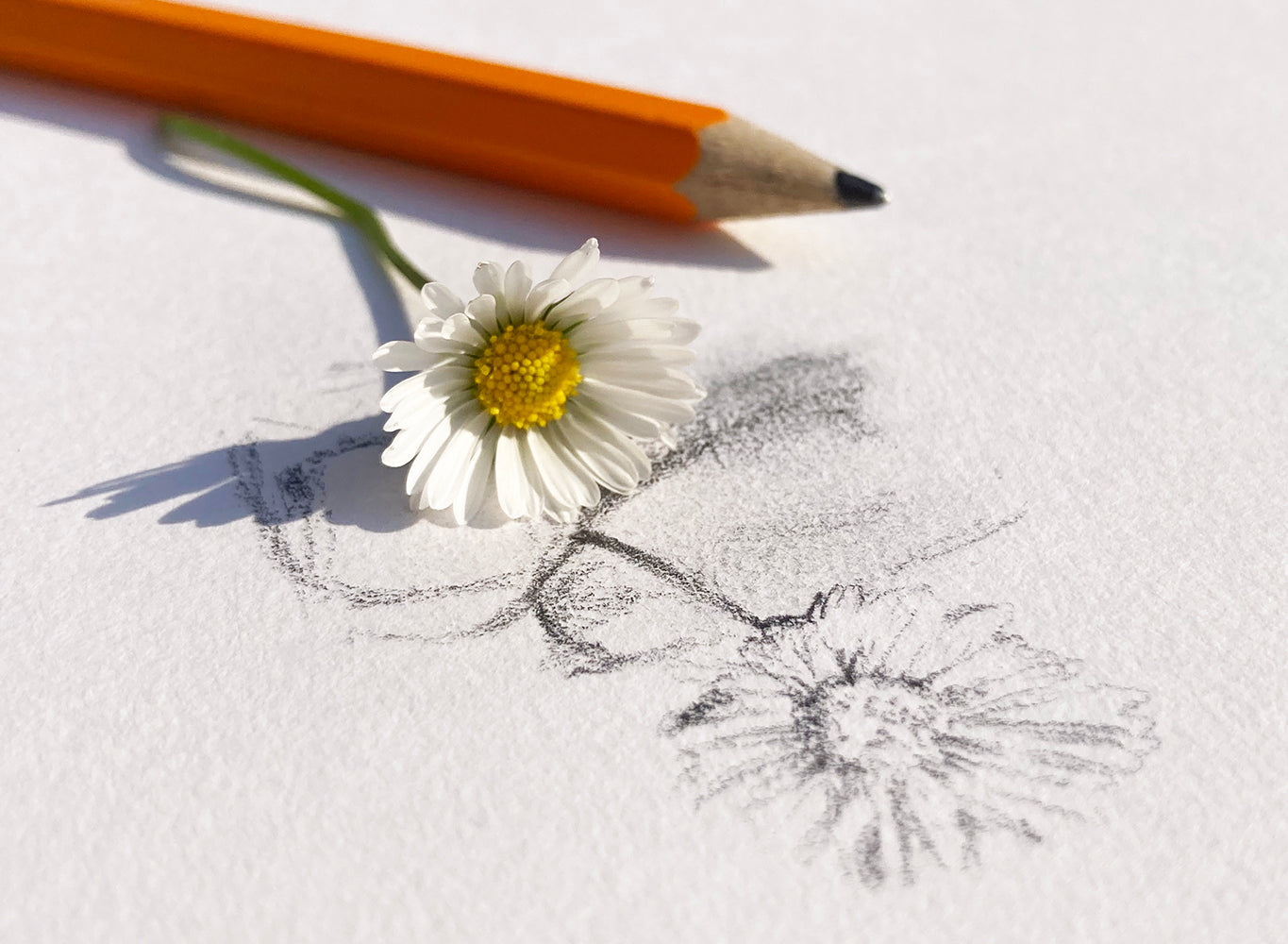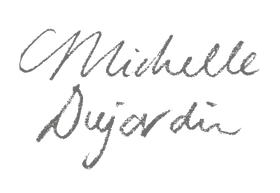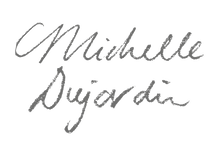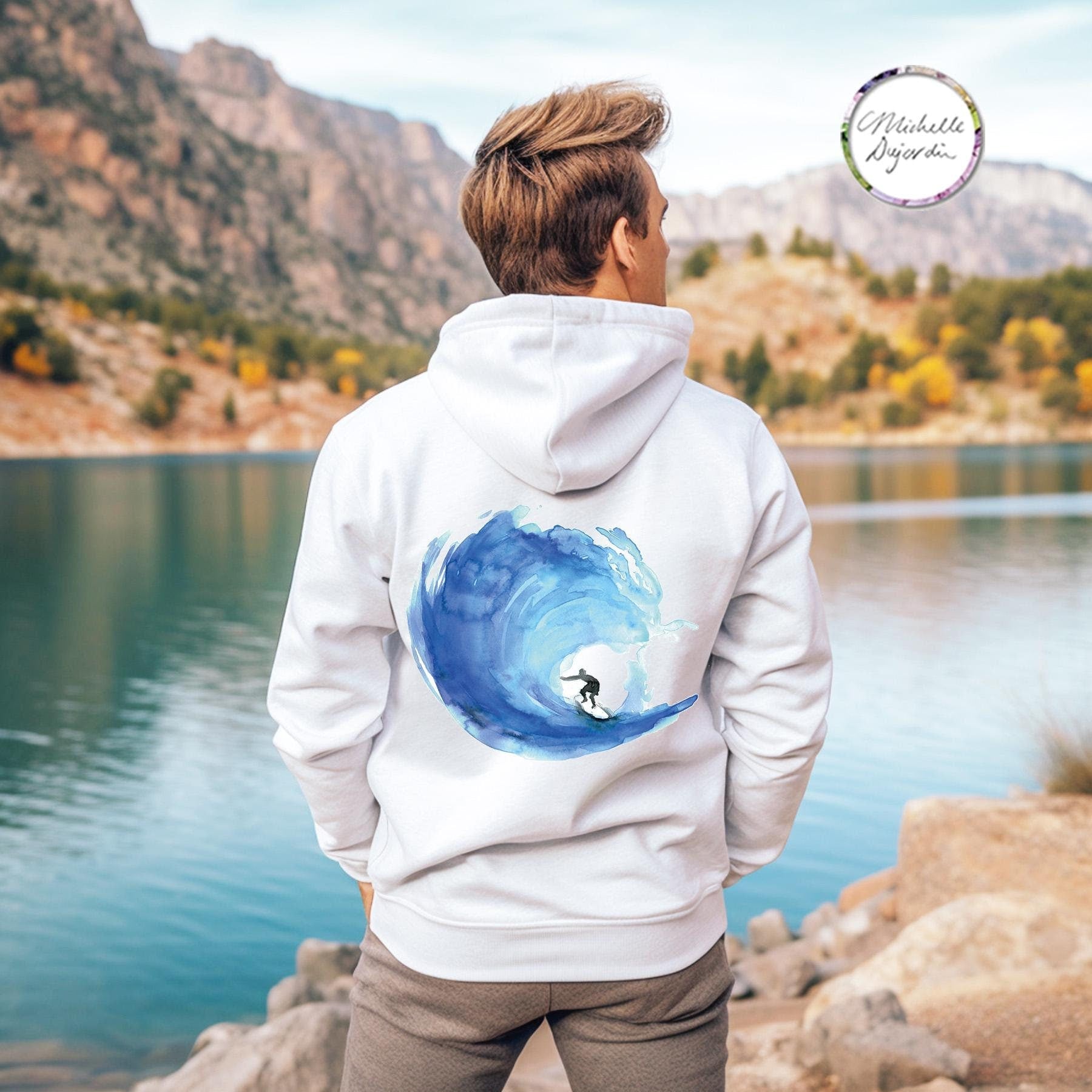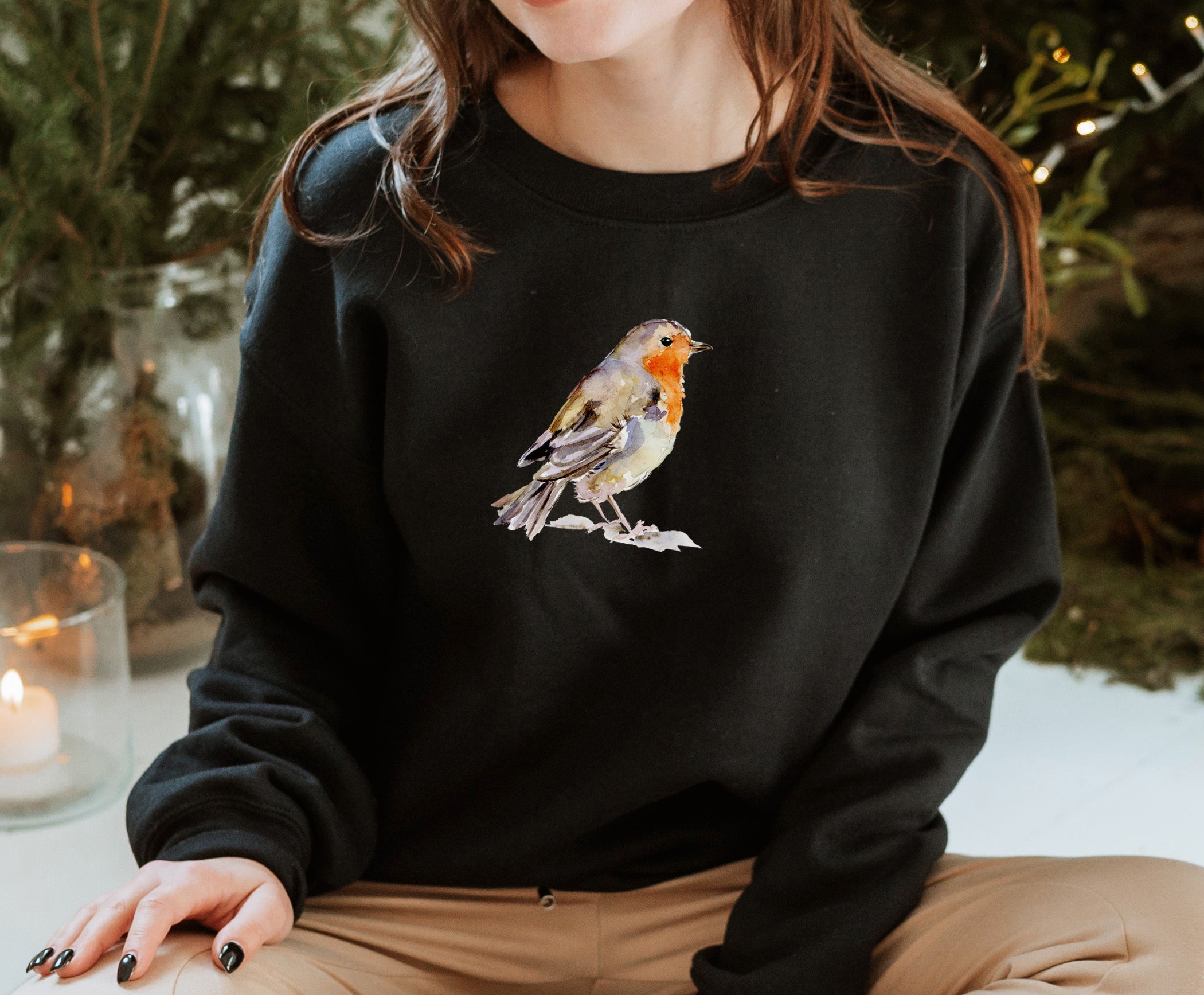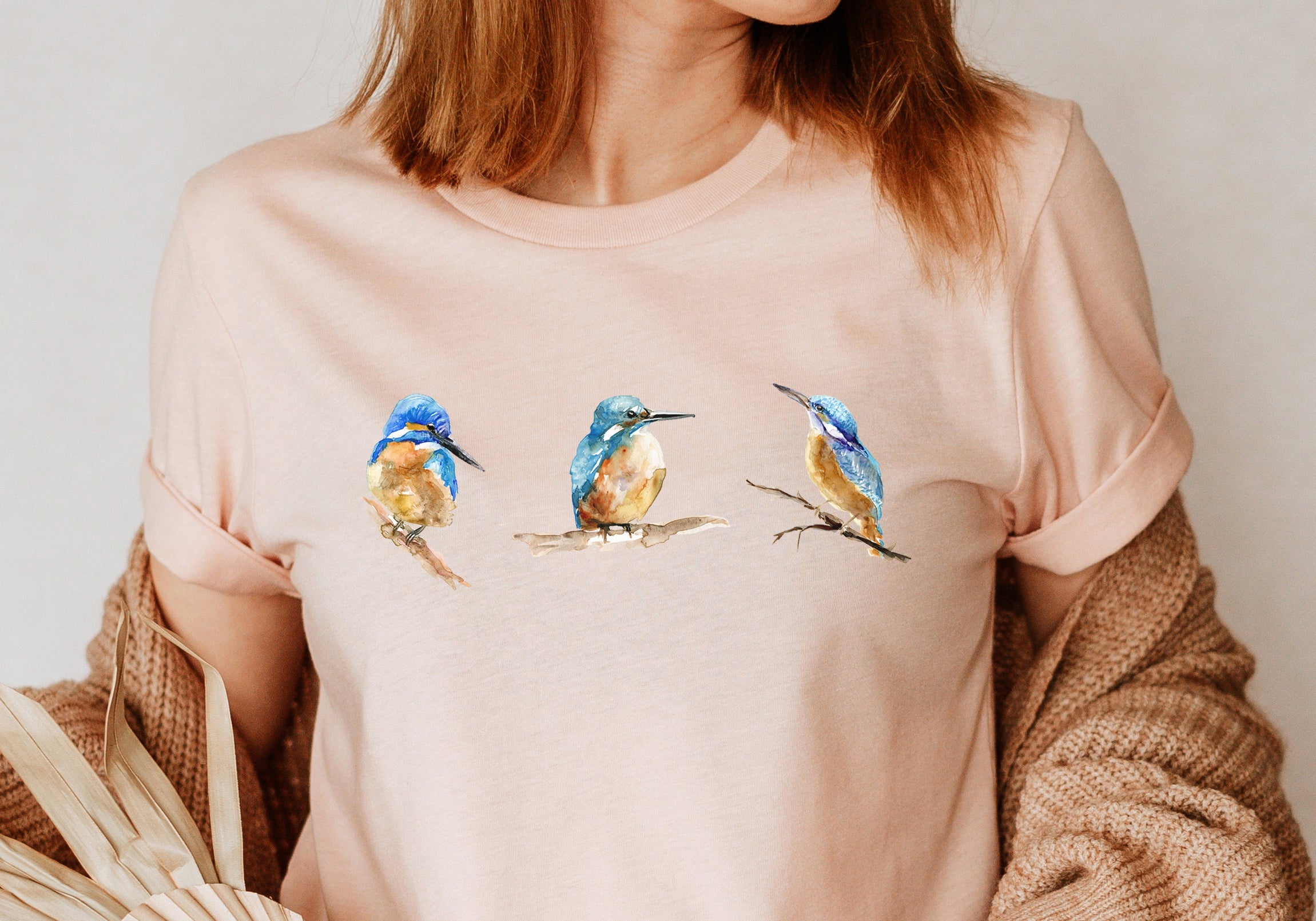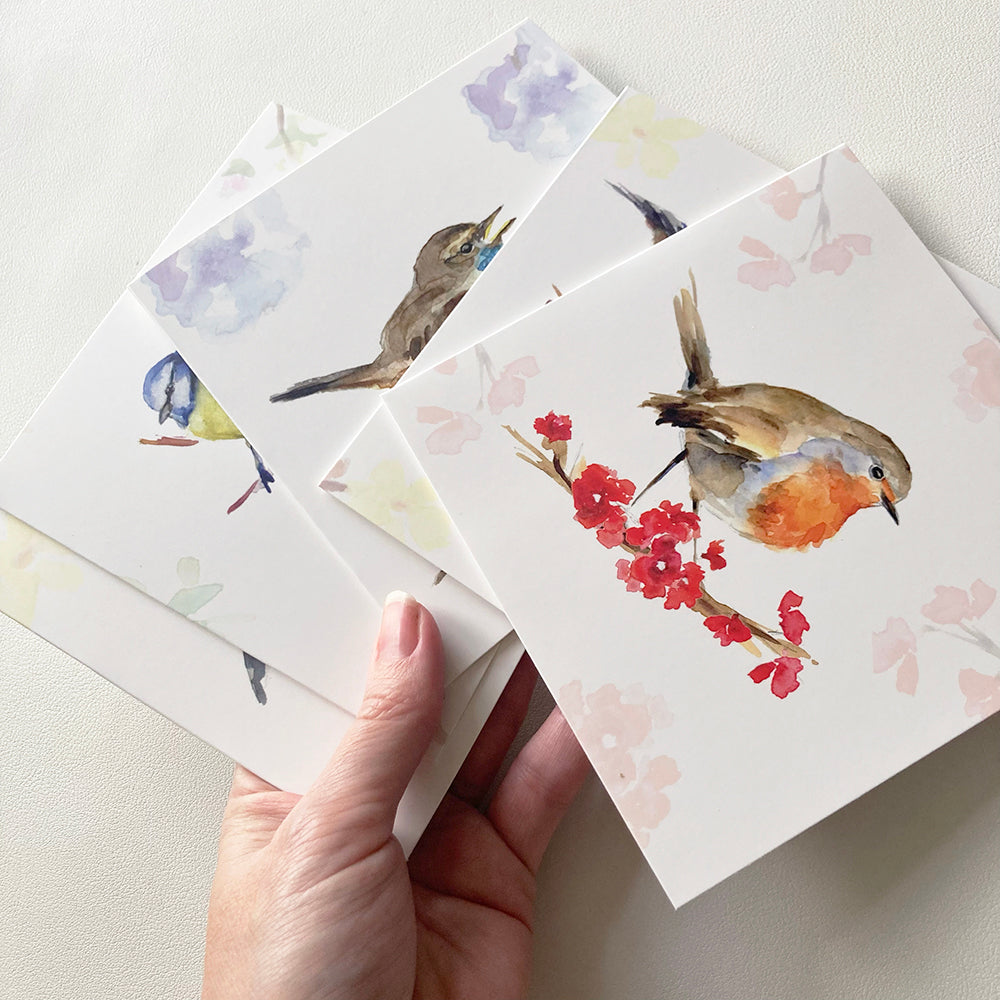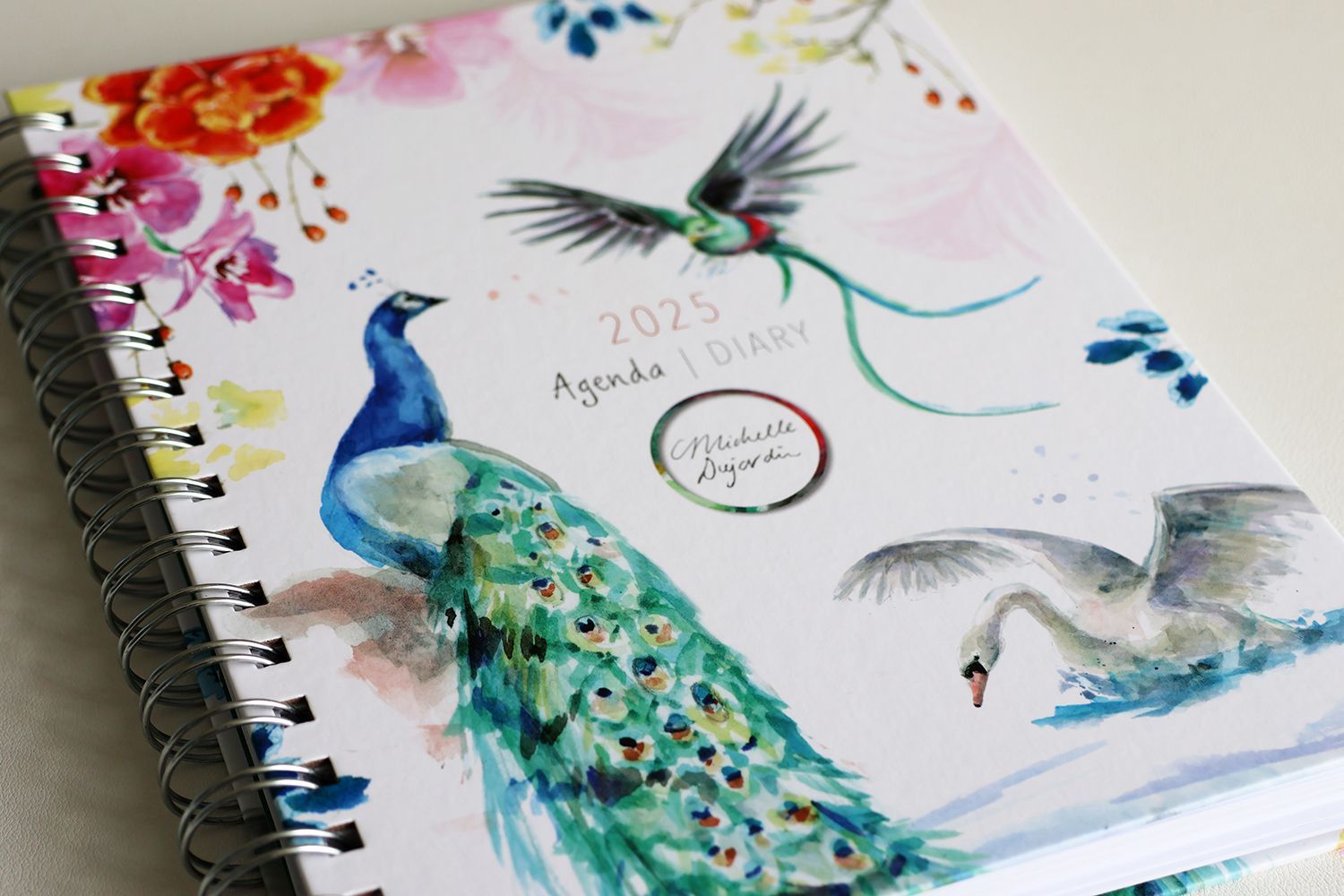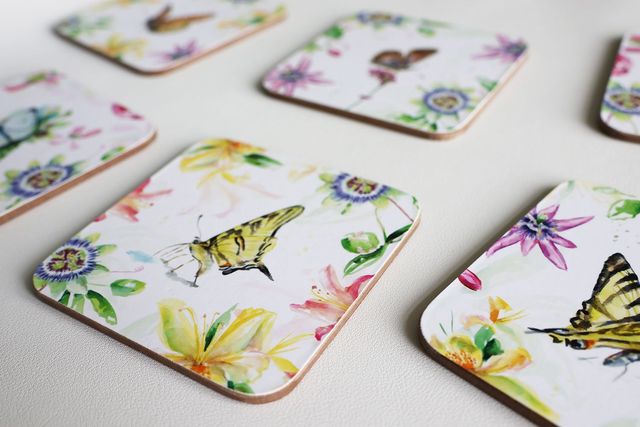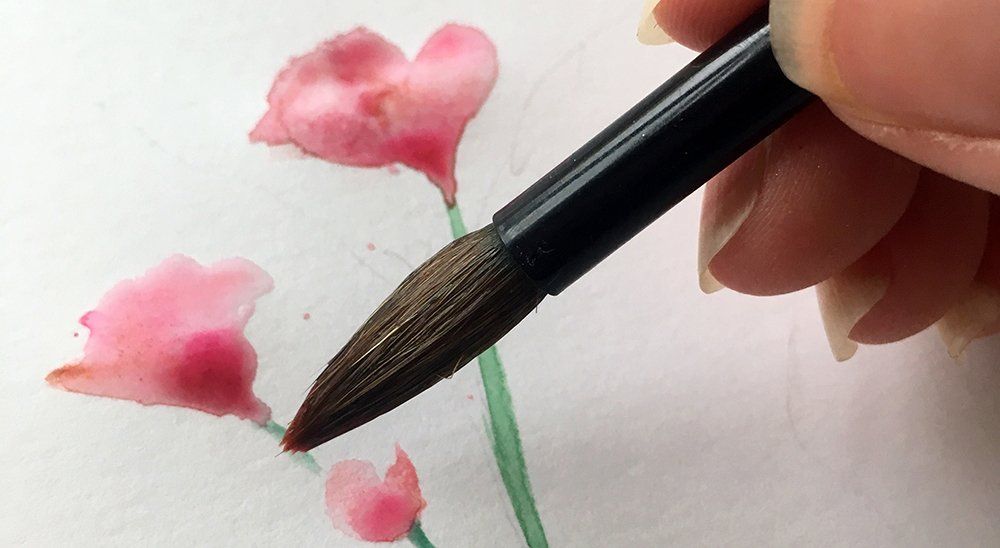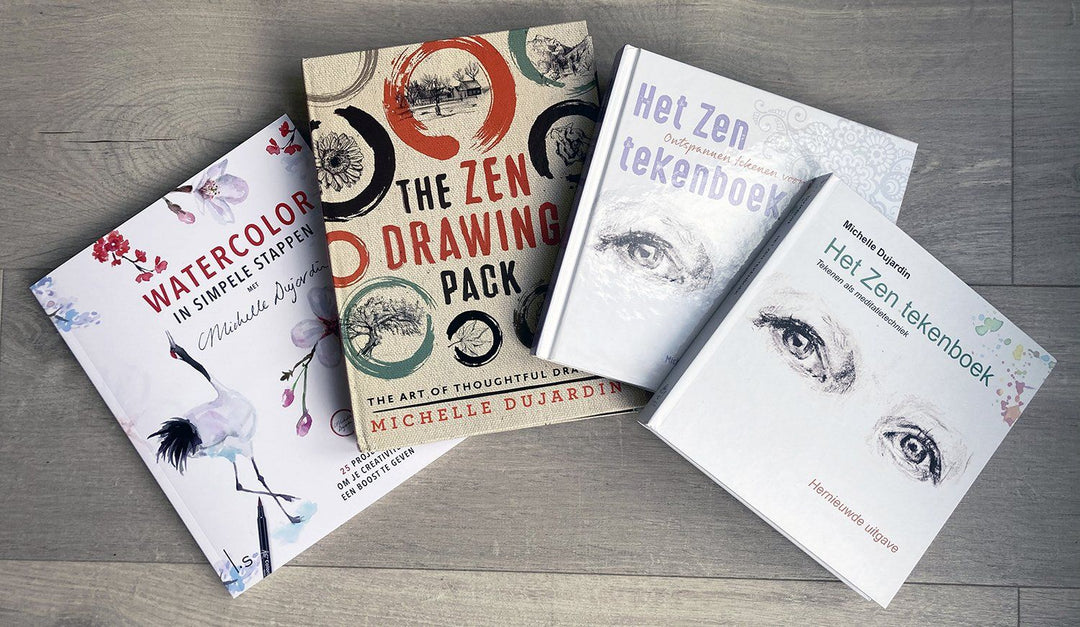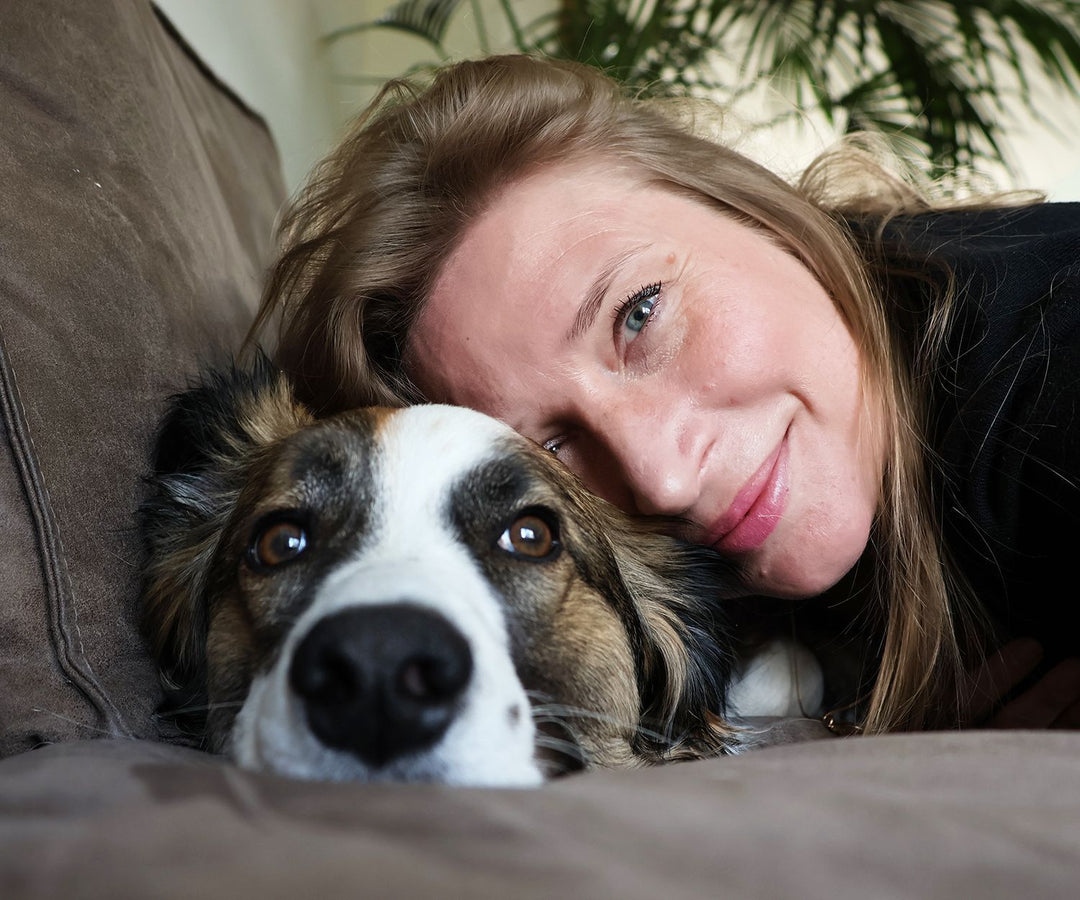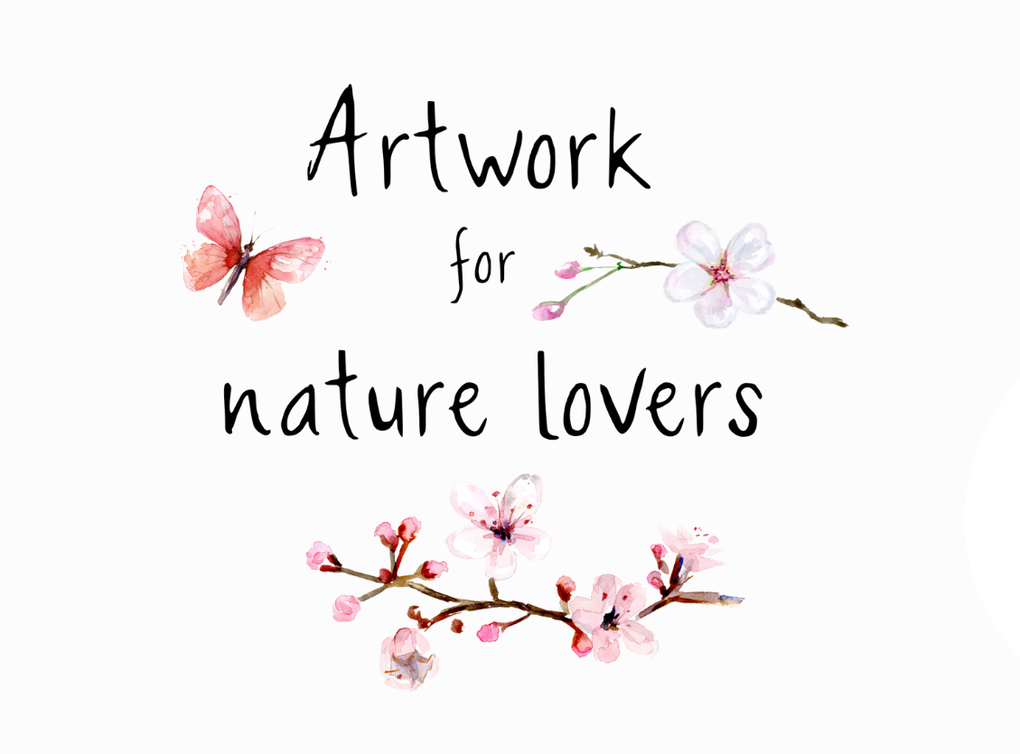Drawing with Michelle
What if drawing wasn’t about learning to perform, but about learning to see and connect?
I never expected drawing to change the way I see the world. But it did. I used to draw realistically — carefully, precisely, with focus on the outcome. But when I discovered the work of Frederick Franck, something shifted. His book Zen Seeing, Zen Drawing opened a door to a completely different experience: drawing as a form of meditation, as a way of being present.
Inspired by his beautiful work, my own way of drawing slowly evolved into something more personal, more feminine, and more intuitive. It comes from softness, from wonder, and from allowing vulnerability to guide the process. Over time, it has brought me into deeper connection with the natural world — and with myself.
It’s not about mastering your pencil lines. It’s about letting the pencil line lead you. It’s a practice of connecting — to what you see, what you feel, and who you are, without judgment. And although it began with Zen, it has grown into its own path — a way of seeing, sensing, and expressing that is open and deeply alive.

Everyone can draw: the drawing reflex
There’s a false belief that only talented people can draw. One of the foundations of my way of drawing is what Franck referred to as the eye-heart-hand reflex. I simply call it the drawing reflex — the natural ability of your hand to follow your eye, without effort.
When you reconnect with this reflex, something beautiful happens: you begin to draw without thinking. You draw what you see, not what you think you see. Your attention becomes soft but steady. And your line begins to flow.
I’ve developed a few very simple exercises to help people rediscover this reflex — grounding, drawing spirals, contour lines, and raising self-awareness through the movement. These little practices help open the door. And the good news is: we all have this reflex in our body. It doesn’t require any drawing talent or technical skill. It’s about presence, attention, and the quiet joy of seeing with your heart and connecting to the present moment.
Drawing as inner reflection
What I love most about drawing this way is that it shows me where I am — not just physically, but emotionally. Is my line restless? Am I rushing? Am I trying too hard? Or am I open, calm, receptive? The drawing becomes a kind of mirror. This is what makes drawing feel so alive to me. It helps me become aware. And in that awareness, there’s already a shift happening — from tension to openness, from control to curiosity.

From pencil drawing to watercolor
As my sketchbooks began to fill with simple, intuitive line drawings, I started to wonder: what would happen if I added color? I went up to my attic and found an old watercolor set I hadn’t used in years. I brought it downstairs and began to experiment. I didn’t have a plan — I simply let the colors move across the paper, following the lines I had drawn.
It quickly became clear that watercolor added something entirely new — not just to the image, but to the experience. The water had a rhythm of its own. It didn’t want to be controlled. It flowed, blended, and created unexpected effects. Just like with drawing, I had to let go of the outcome.
This was the beginning of my own way of working with watercolor — a natural extension of how I draw. It became the foundation of almost all my (commercial) artwork and illustrations.
Darwing lessons
At the moment, I only offer drawing sessions in the Netherlands. But I'm exploring the idea of creating an online course for international Zen Drawing lovers.
Want to stay in the loop? 👉 Sign up here.
drawing
Blind contour drawing is a technique where you draw without looking at your paper, focusing only on the subject. By following the contours with your eyes and hand in sync, you create honest, expressive lines. It’s a powerful way to practice observation and let go of perfection.
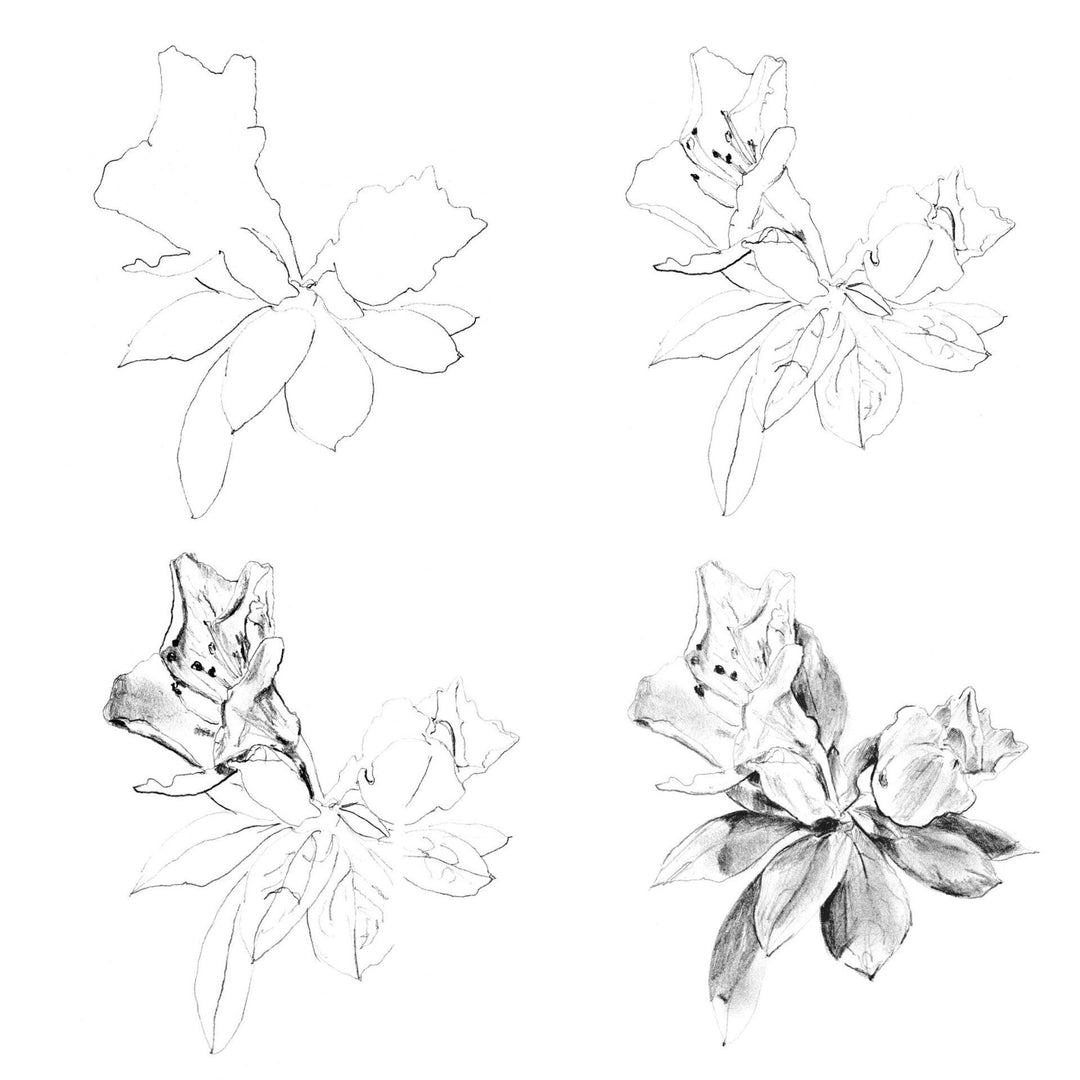

to art
The simple contour drawings that result from blind contour drawing can be used as a starting point for many artistic purposes. You might choose to add shading and tone in pencil to create more detail—making the drawing appear more realistic. Or perhaps you prefer a minimalist approach, adding just a hint of shadow or contrast. If you enjoy painting, these drawings can also serve as a foundation for artwork in any medium you like, such as watercolor, oil, or acrylics.
is more
My way of drawing follows the less is more principle—focusing on the essence rather than the details. A single, well-placed line can say more than a fully rendered image if it captures the heart of the subject. Can you sketch a flower, animal, or landscape by leaving out everything that’s not essential? What remains often speaks the loudest.
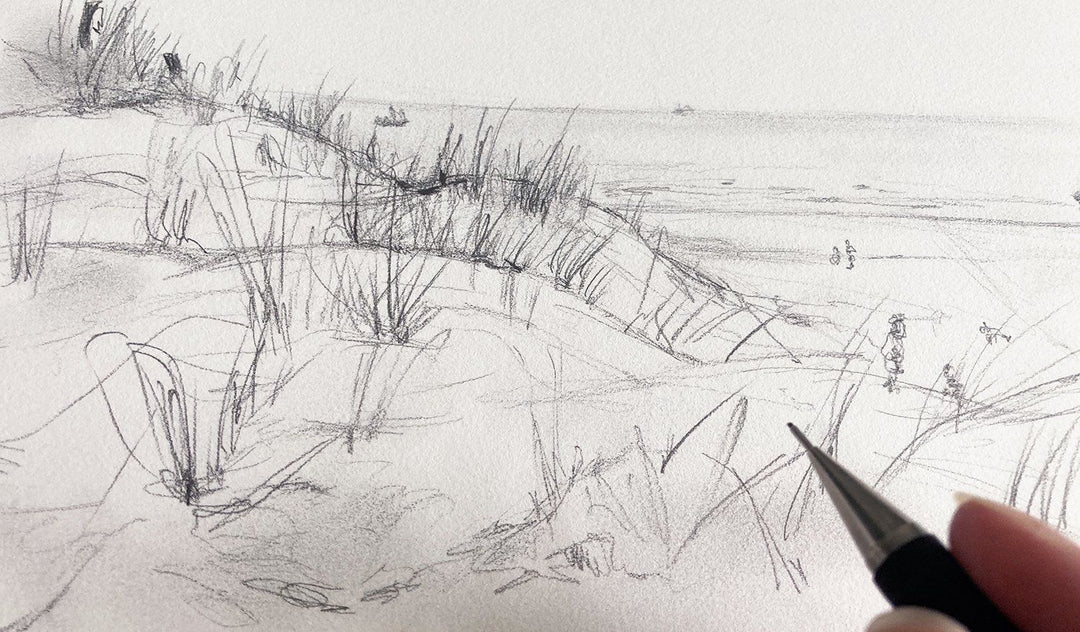
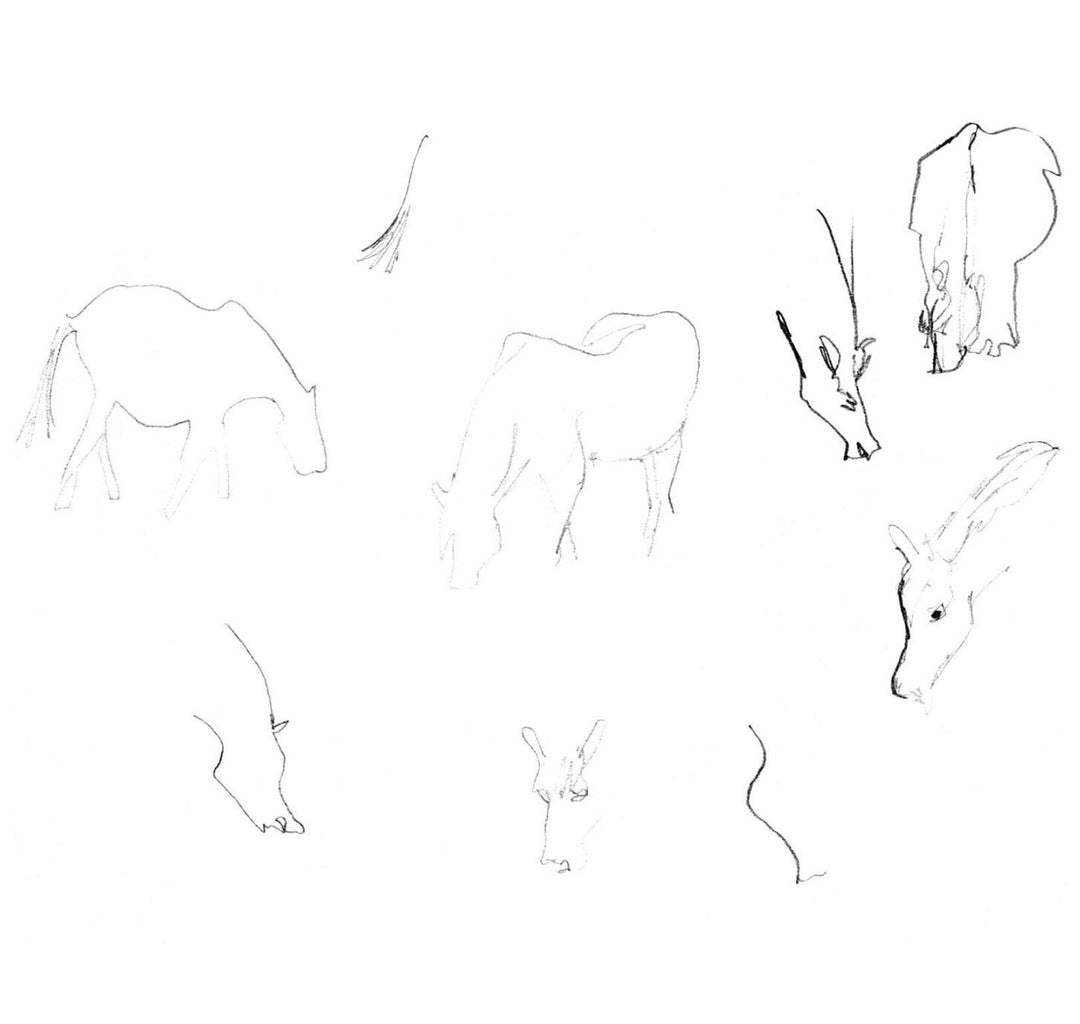
objects
After still-life practice, try sketching moving subjects—like birds, animals, or people. It’s a fun way to loosen up, draw faster, and let go of perfection. These quick sketches often feel spontaneous and full of life—and that’s exactly the point!
drawing
My way of drawing teaches you to observe without judgment and notice subtle details. By slowing down and truly seeing, you may rediscover things you’ve overlooked before. Drawing used to be a key part of learning—especially in science—and I believe it’s time to bring that back.

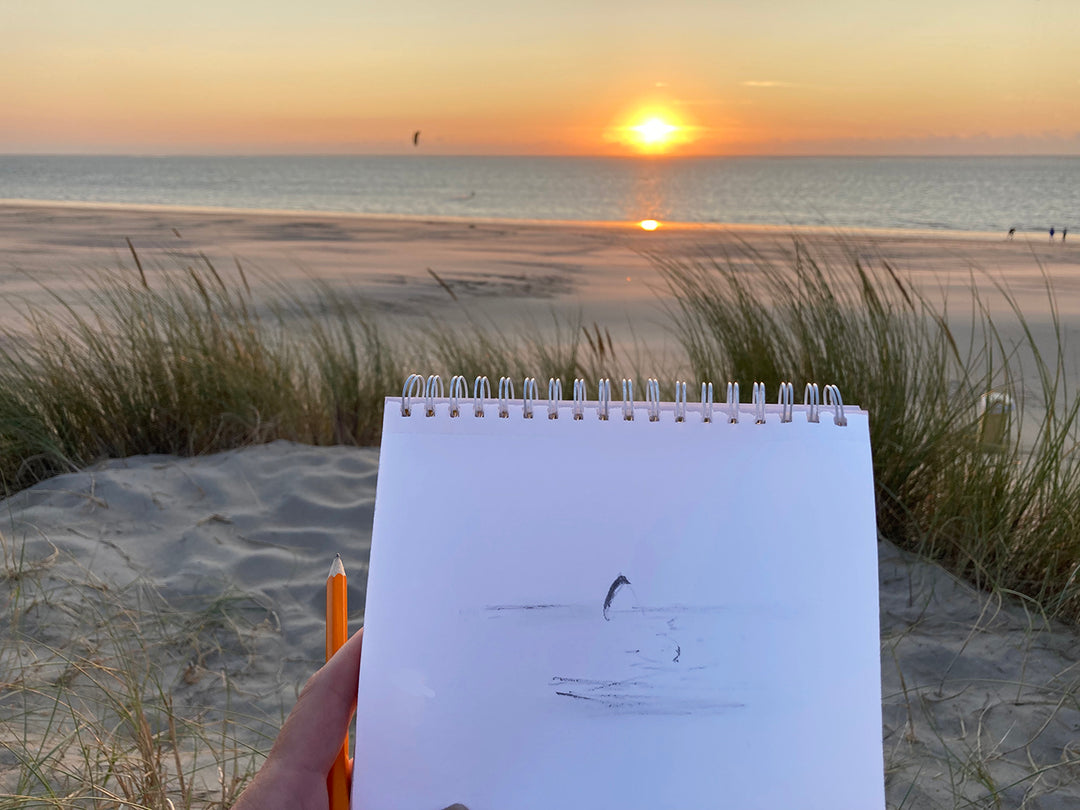
connect
Go outside and let your eyes fall in love with the world. When you draw with full attention, you begin to see more—shapes, details, even energy. A tree is no longer just a tree; it becomes a presence, a connection. Through drawing, you don’t just capture what you see—you start to feel it. And once you do, you may never see the world the same way again.
video: drawing of a leaf
